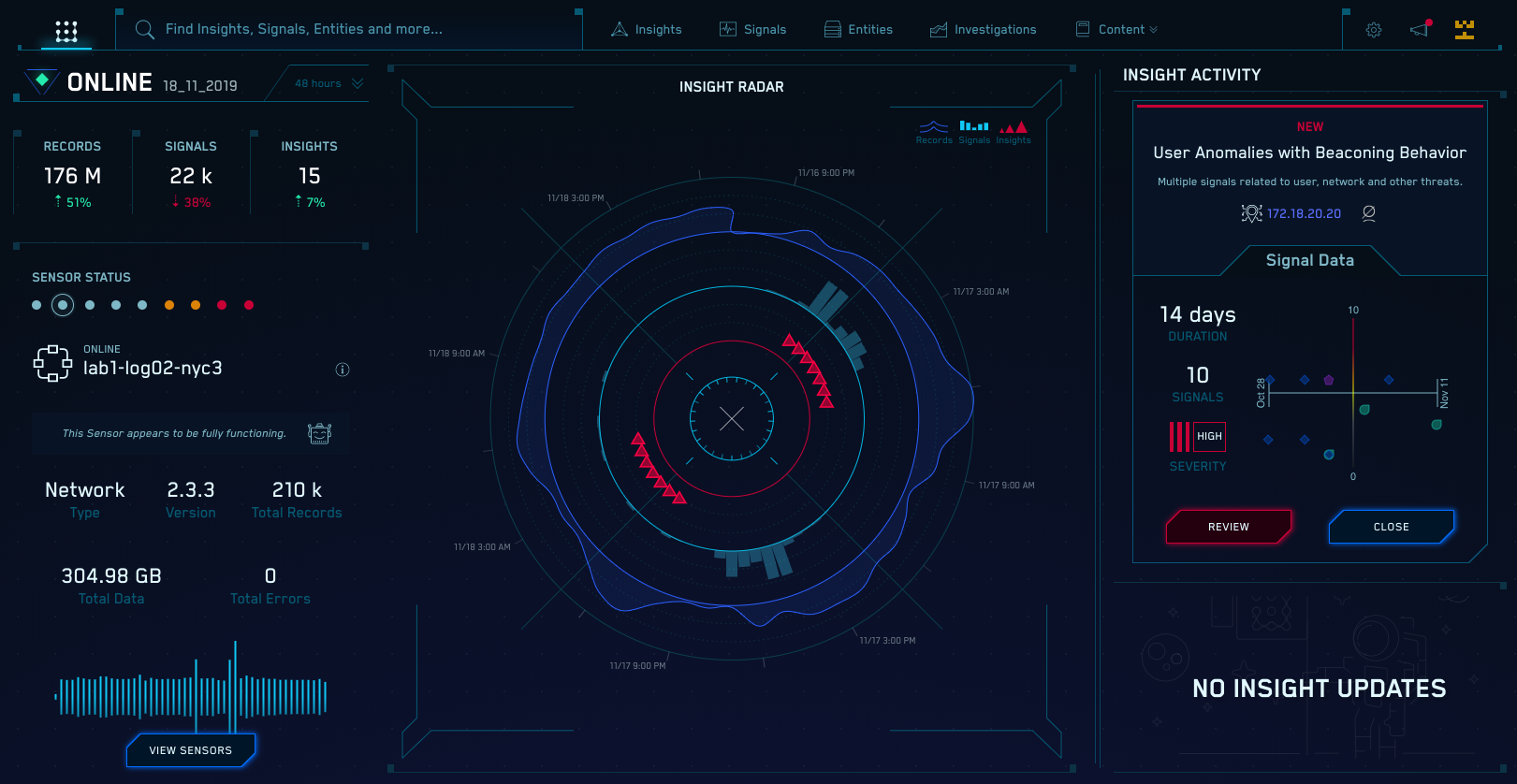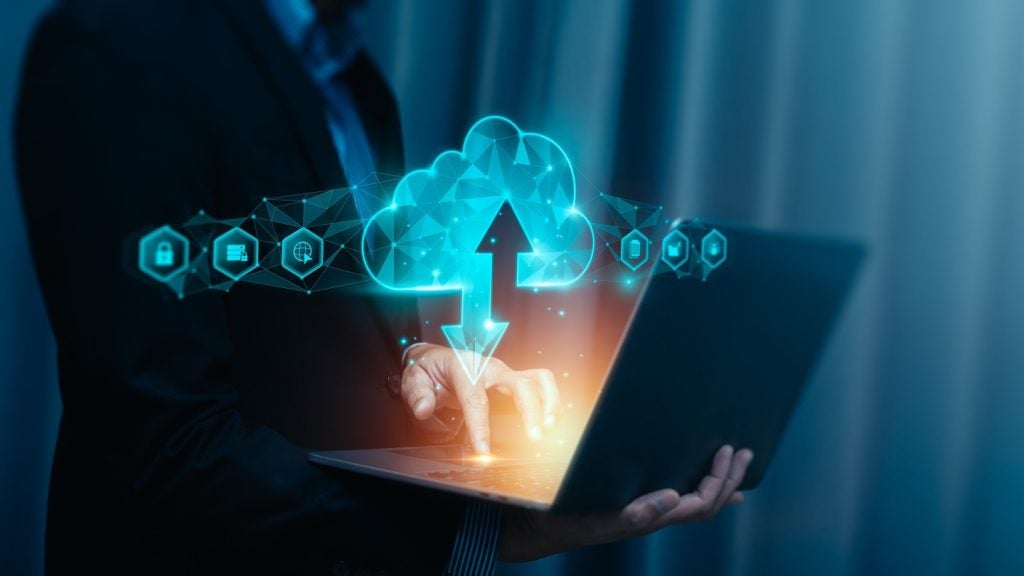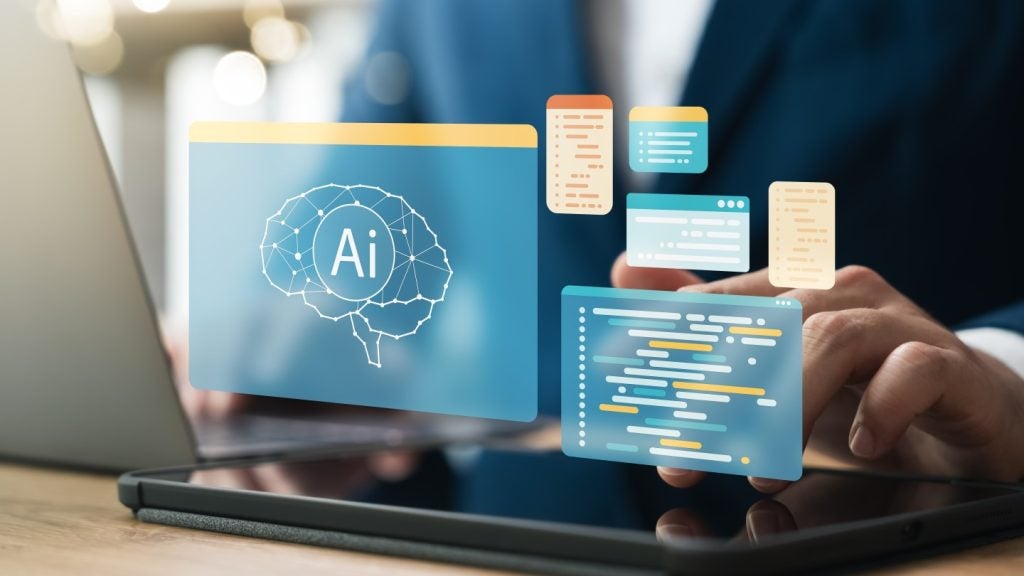
Christian Beedgen is the CTO of Sumo Logic, a cloud-based data analytics company that leverages machine learning to provide security and IT insights for businesses.
The Silicon Valley firm was founded in 2010 by Beedgen and Kumar Saurabh, who both previously worked for cybersecurity firm ArcSight.
Sumo Logic counts brands such as Samsung, SEGA Europe, The Pokemon Company and Anheuser-Busch among its customers. In total, Sumo Logic handles more than 100 petabytes of data per day while providing log management and analytics services. The firm has scooped more than $345m in startup funding.
In this Q&A, the 29th in our weekly series, Beedgen explains why he’s excited about continuous intelligence, outlines his best bit of advice and reveals why the biggest challenge humanity faces is people, not technology.
Rob Scammell: Tell us a bit about yourself – how did you end up in your current role?
Christian Beedgen: After college, I started out as an intern in a developer team building internet applications at a company in Germany. While I was there, that company was one of Amazon’s early acquisitions, which led to some good opportunities to learn really quickly. I then got the chance to work on infrastructure at a few companies, which led through to a role at a company called ArcSight.
This was all about logging and data management across different security systems, and how to create value from all that security data. That became the Security Incident and Event Management (SIEM) sector that is still developing today. After working there, I saw how cloud was changing IT and the potential there, which led to launching Sumo Logic.
How well do you really know your competitors?
Access the most comprehensive Company Profiles on the market, powered by GlobalData. Save hours of research. Gain competitive edge.

Thank you!
Your download email will arrive shortly
Not ready to buy yet? Download a free sample
We are confident about the unique quality of our Company Profiles. However, we want you to make the most beneficial decision for your business, so we offer a free sample that you can download by submitting the below form
By GlobalDataWhat’s the most important thing happening in your field at the moment?
In SIEM, it’s the move to the cloud. As companies build applications in the cloud, they can create more flexible systems that can grow and scale as much as they need them to. Many use microservices to make each application component easier to update or replace over time. They can use cloud services to power things that would not be possible on more traditional implementations in data centres.
This increase in scale and complexity is harder to track. SIEM systems that were built to track internal applications in one data centre struggle to follow the volume of data they have coming through now. You have to look at cloud-native approaches to data and security for applications. That’s the space that Sumo Logic plays in, and it’s fascinating to see everyone catching up to where we are today.

Which emerging technology do you think holds the most promise once it matures?
I think it is something that Gartner refers to as continuous intelligence. Companies have more data, right? They want to act on that data, so they look at analytics. Then they want to use that data in real time, so they look at real-time analytics. The challenge here is that this analytics is still reactive, it doesn’t provide what an employee needs for their role at that point in time. This comes to layering context onto all that data you are collecting and then using that to provide people with insight when they need it.
That context element is important. You can have the same set of data that is valuable to different people for different reasons. Let’s take an example from an e-commerce application – you have data on how that app is performing from your logs, metrics and application tracing. That data can show a security analyst where there might be a compliance problem, or where someone is trying to attack the system. At the same time, that same set of data can show a developer where there is a fault in their infrastructure, or where some tuning is needed. Lastly, the business operations team might be interested in how changes affect customer behaviour – did fixing a fault lead to more customers checking out or completing their shopping, or did making a website change improve the experience?
Continuous intelligence can be applied to different teams based on the same data. That’s what makes it interesting to businesses.
How do you separate hype from disruptor?
It’s all about what customers tell you they value. We have seen companies start off by looking at data with us for one purpose, and the team down the hall comes in and say they want to get the same kind of approach in place for their problems or to look at data in their way.
That approach becomes pervasive in a company, and it can have the most impact on their operations. That is how I see disruption being demonstrated in the real world – by people looking at their own problems and using your tools.
What’s the best bit of advice you’ve been given?
Don’t judge people’s intentions from their actions. This is an important lesson when you are working with lots of people. When you start out, it’s easy to think someone is an asshole just because they are doing something in a particular situation that you don’t like. However, this is easy to come to the wrong conclusion when you don’t have the full picture.
The advice I try to pass on is to understand the context from which someone’s actions stem and try to empathise with the intention. Can you align yourself with that intention and make progress together? This doesn’t solve all problems, obviously, but it helps surprisingly often.
Where did your interest in tech come from?
It started when I was a kid, getting books on computers and just learning everything I could. I taught myself programming from those books, and that developed over time. Understanding the mechanics of things and how they worked together was great for me, and it led to more opportunities, like college and intern roles. That set me on the path.
What does a typical day look like for you?
It’s a mix. It involves understanding what is going on with our customers and what they want to achieve in the future, how the product side is developing, and how the business as a whole is operating too.
One thing I have found critical is how to keep that bigger picture in mind from a technology perspective. You can make decisions today that can help you in the short term, but ultimately affect you over time and lead to other consequences. There’s no magic formula. You have to be pragmatic about it and make decisions for the best reasons, and not be afraid to spend time thinking things through for yourself.
What do you do to relax?
Aside from hanging out with my wife and our three dogs, it’s easy for me to get into Gear Acquisition Syndrome (GAS), obsess over digital audio production and buy too many related widgets without ever really creating much.
I have also always enjoyed writing code – today, I do this more recreationally as it’s not so much part of my day job anymore.
Who is your tech hero?
I have two heroes. The first is Werner Vogels, the CTO of Amazon & AWS, for his ability to frame what technology can do for customers in a way that has always connected deeply with developers, including myself. The way he explained not just what AWS was but what it enabled customers to do in a talk at Stanford, back in 2008, created the foundational spark for us to think about what would then become Sumo Logic.
Werner Vogels was the first person to take part in our CTO Talk series. You can read his interview in Verdict Magazine here.
The other is Hugh Njemanze, CTO & co-founder at ArcSight. He hired me into my first Silicon Valley job, and he showed me both how much code matters and that there is more to technology than code. For example, he showed me how important it is for techies to be out there representing what we build and hear from users/customers first hand what works and what doesn’t.
What’s the biggest technological challenge facing humanity?
I don’t think of the challenges humanity faces as technological. I think the biggest challenge humanity faces are people. Ultimately, technology itself is just a tool that people can use, just like any other tool, for better or worse. Facial recognition technology, as an example, has many valid, good, and ethical use cases. It can also be abused horribly. I don’t think that’s a technology problem. It is a people problem. So the real challenge is to use technology the right way!
Read more: CTO Talk: Q&A with Exasol’s Mathias Golombek







